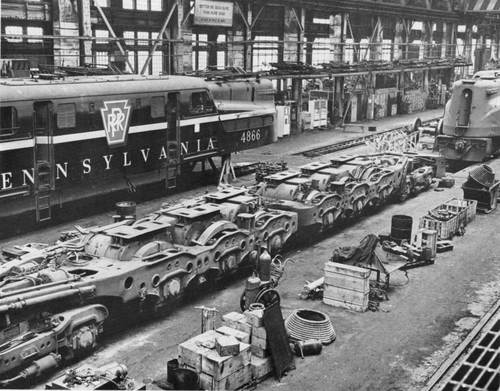From inception to demise, the GG-1's used a toxic PCB as Askarel (fudged the spelling Im sure) to cool down their electrical components. When the Pennsy had them built, were they aware of the toxicity of said chemical and simply turned a blind eye or were they unaware at the time? At what point did they stop using this chemical and what if any other electric locomotive utilized this PCB in their cooling system as well?
From what I have read, this and other factors such as body rot, chassis cracking, power conversions and other details are the main contributors that we don't see and G's on the road today. Such a remarkable looking engine and my only memory of them is of 4877 in Hoboken when they towed it to the old DLW Terminal for their Festivals.
The picture is of me when I was about 7, 8 or 9, either '79, '80 or '81.
| Attachments: |
|
5980_1130444856415_1086031316_30397387_3604863_n.jpg [ 53.2 KiB | Viewed 24632 times ] |
